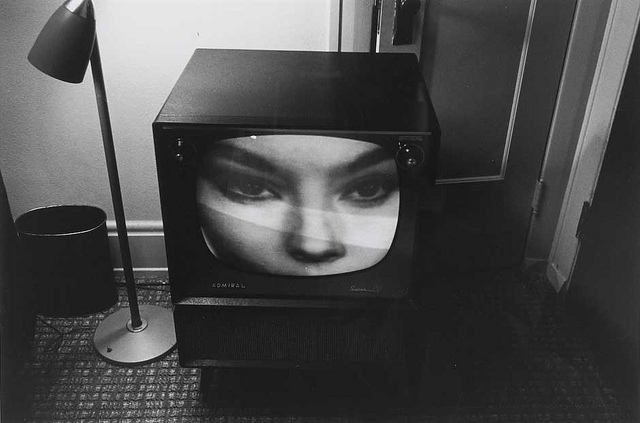Editing is one of the four areas of textual analysis.
You already have some examples of editing terminology below. If you haven't already, you need to print this off and keep it in your folder. You need to bring it with you to every Media lesson from now on.
Below are examples of some common editing techniques that you need to know and be able to identify:
Continuity - the viewer should not notice the cuts. Shots should flow together naturally. Hence the action should seem continuous.
Montages. There are TWO TYPES of montage.
The Hollywood Montage sequence is a short sequence in a film/TV drama where narrative information is presented in a condensed way.
The Soviet Montage is a highly political montage that seeks to create a new meaning from seemingly unconnected shots. This was used a lot during the 1920's.
Transitions - A ‘transition’ is the term for how an editor moves from one ‘shot’ to another. The use of an inappropriate transition can destroy the mood or pace of a scene.
As we watch the following transitions write down what you
think the effect on the audience is.
Cross Cutting/parallel editing - Editing that alternates
shots of two or more lines of action occurring in different places, usually
simultaneously.
A Dissolve - A transition between two shots during which the
first image gradually disappears while the second image gradually appears.
A wipe - one image is replaced by another, with a distinct edge that forms a shape.
A fade - a transition usually used at the end of a scene to signify to the audience the end of the action. It usually fades to black. The end of this clip is a good example:
Jump cuts - two shots of the same subject are taken from different camera positions that vary only slightly.
Fast-paced editing - when scenes are edited together using lots of shots put together quickly.
More editing terms:
The oner or 'long take' - an uninterrupted film shot which lasts much longer than the conventional editing pace of the film.drama itself. These shots usually last several minutes. These long takes are usually accomplished by using a steadicam shot or dolly shot.
Shot reverse shot - one character is often shown looking at something/someone and then that person is shown looking back.
